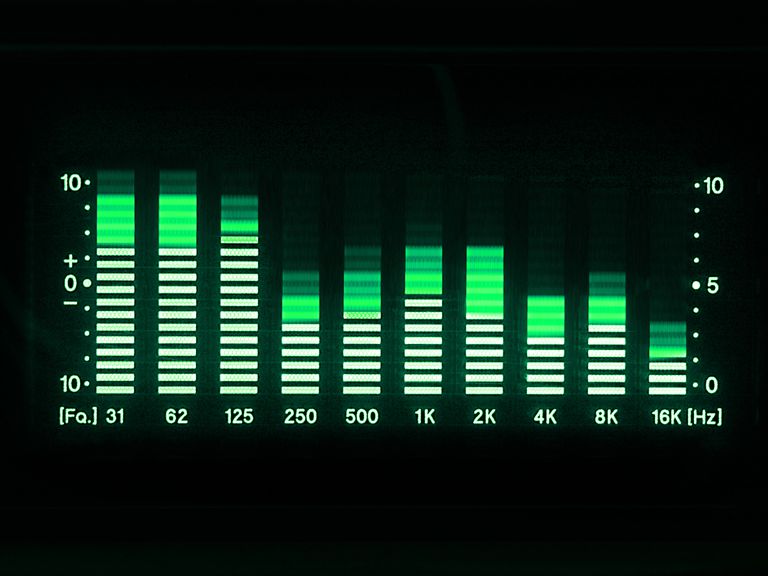The Piano Mixing Process
The Piano Mixing Process
The Piano Mixing Process
In part 5 of this series of piano recording articles, I will look at the mixing process of our piano recording sessions at our WKMT Studio.
Once we have completed editing process we then move on to mixing the tracks. We start by balancing the levels of the close microphones that were inside the piano and the ambient microphones that were placed in the room at a distance away from the piano. The blend of these two sets of microphones will give either a natural or more hyper-real sound depending on the balance. After an ideal balance has been established, we start to equalize the tracks. We start by removing any sub bass frequencies to clean up any rumble or excessive pedal thump, including removing more low frequencies from the ambient microphones as they pick up more noise in the room and can sound muddy. We then move onto to subtly removing any other harsh and muddy frequencies to make the piano sound more pleasant to the ear in addition to boosting specific frequency areas to make the piano sound either warm or bright depending on the stylistic intention.
After we have equalised the piano, we can choose to manage the dynamic range of the performance through volume automation or compression or sometimes both. This management of dynamics will depend on the performance, genre and style of the performer. Sometimes no change to the dynamic range is needed at all. Finally, if the sound is not considered large enough, or a special effect is required then reverb can be applied to artificially sound like the piano has been recorded in a different place, for example a concert hall or cathedral.
Once we have performed these takes for all the pieces recorded we then move on to the last stage which mastering and finalising the audio files.
To be continued.

